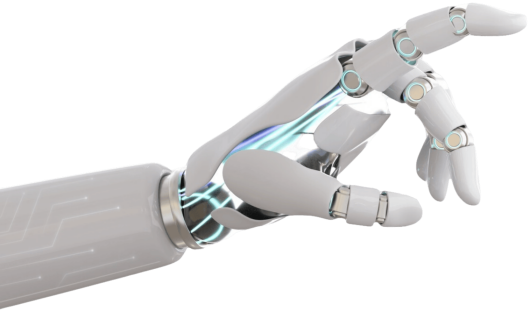
Most traditional multi-criteria optimization techniques require that the decision maker construct an aggregate objective function using the weights determined as a result of a trial and error process. Physical programming (PP) eliminates this tedious weight assignment process by providing decision makers with a flexible and more natural problem formulation. In PP, the decision maker specifies ranges of different degrees of desirability instead of defining weights. In this paper, we present a comprehensive review of PP studies by classifying them into four major categories (viz., methodological papers, industrial engineering applications, mechanical engineering applications and other applications). Insights from the review and future research directions conclude the paper.
physical programming, multi-criteria optimization, review.
Mehmet Ali ILGIN, Surendra M. GUPTA, "Physical Programming: A Review of the State of the Art", Studies in Informatics and Control, ISSN 1220-1766, vol. 21(4), pp. 349-366, 2012. https://doi.org/10.24846/v21i4y201201